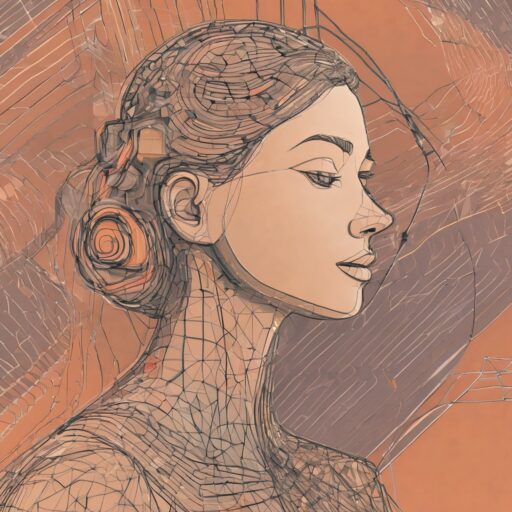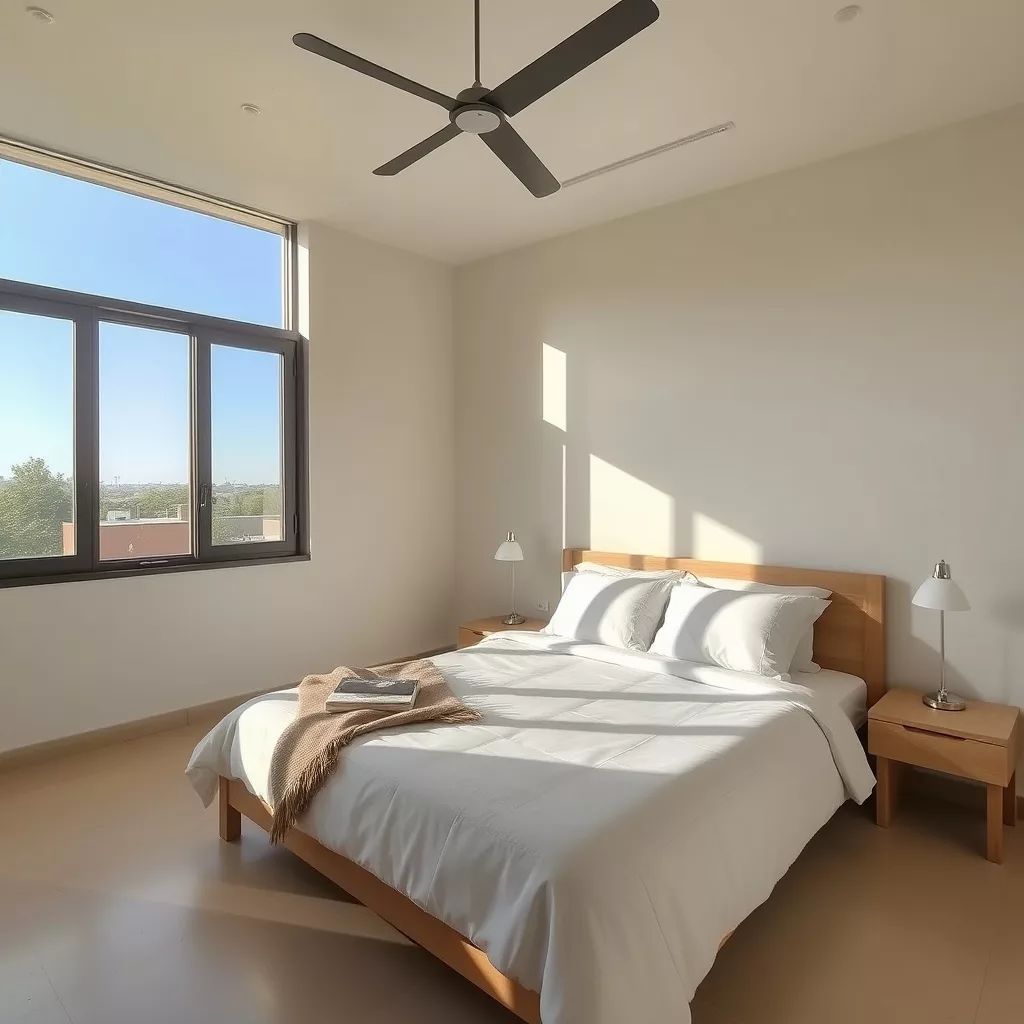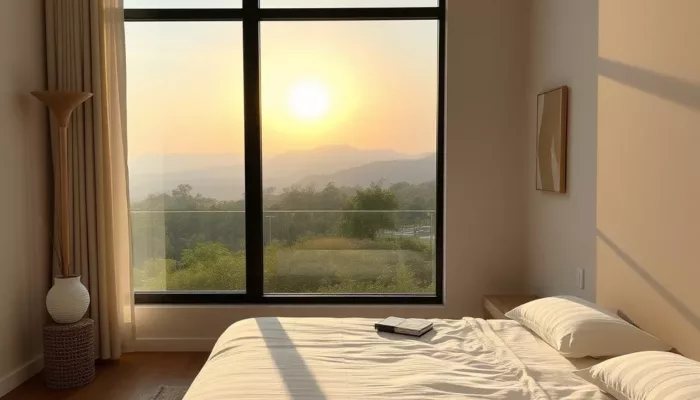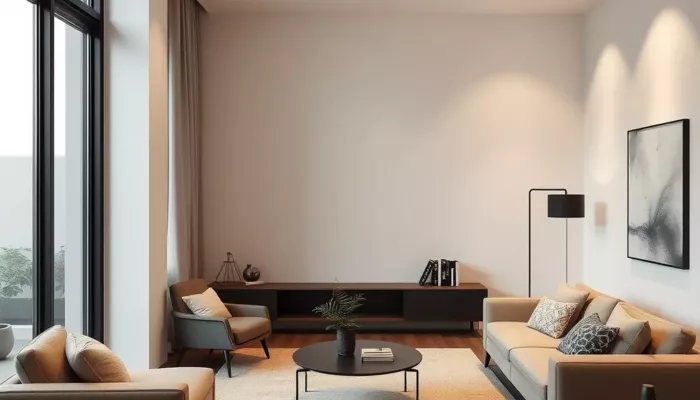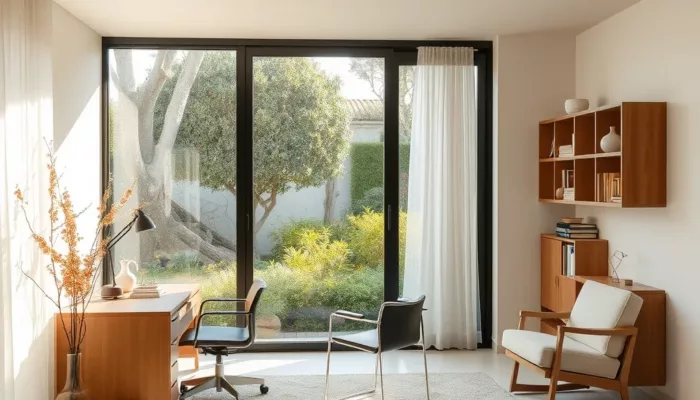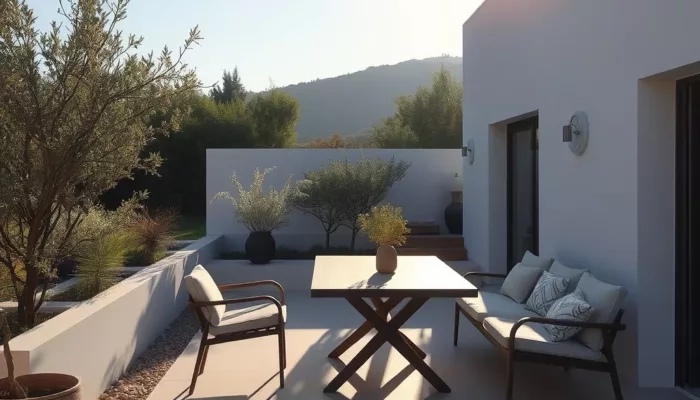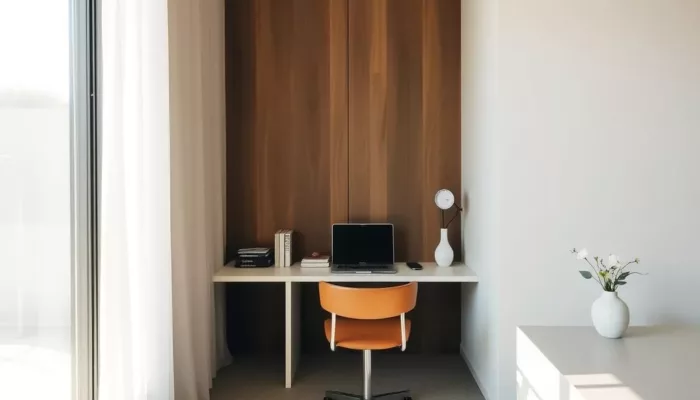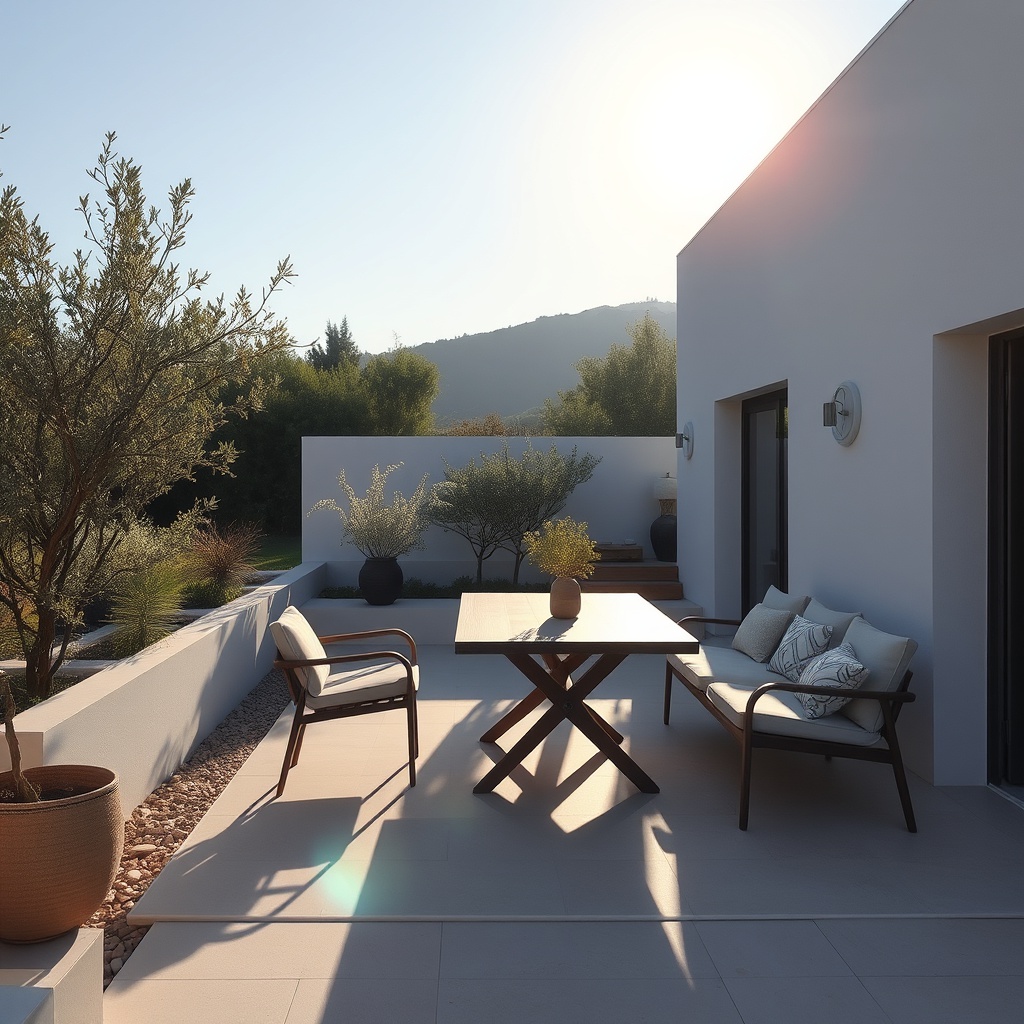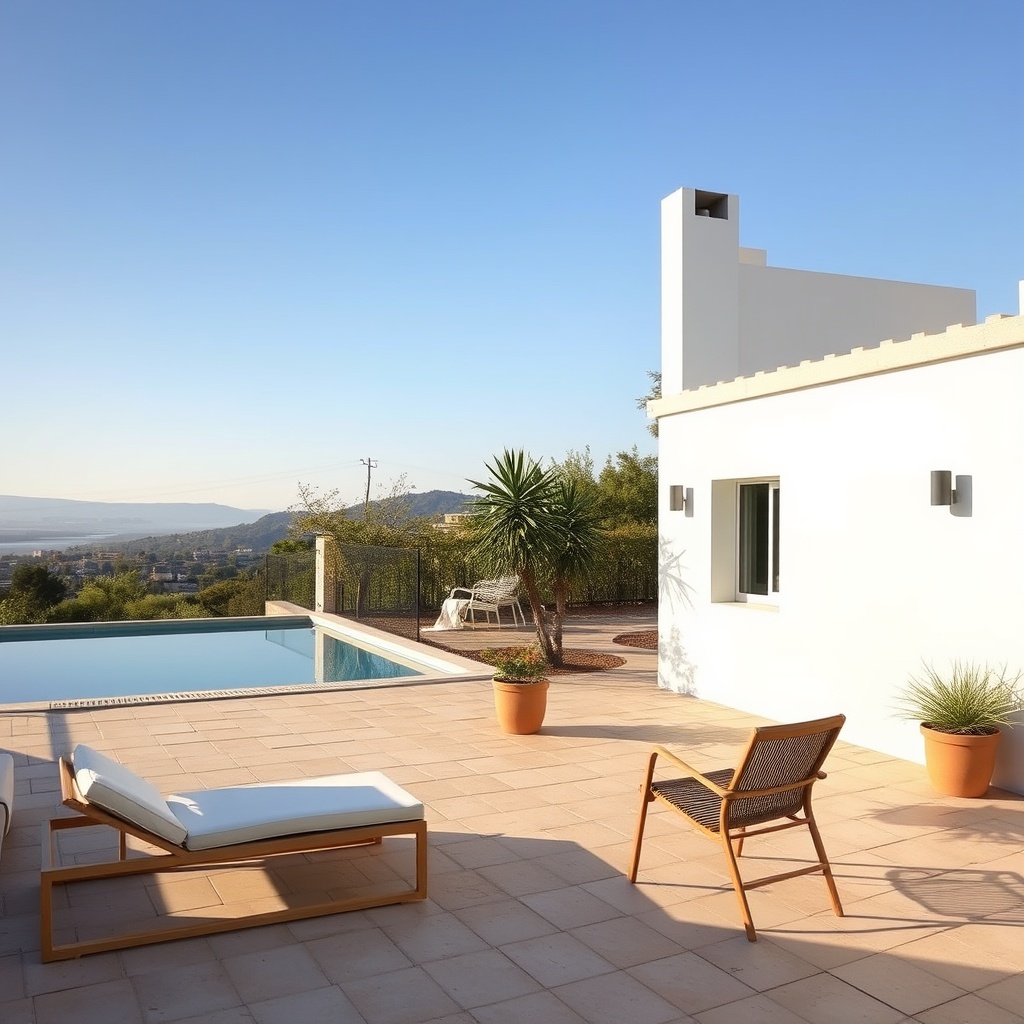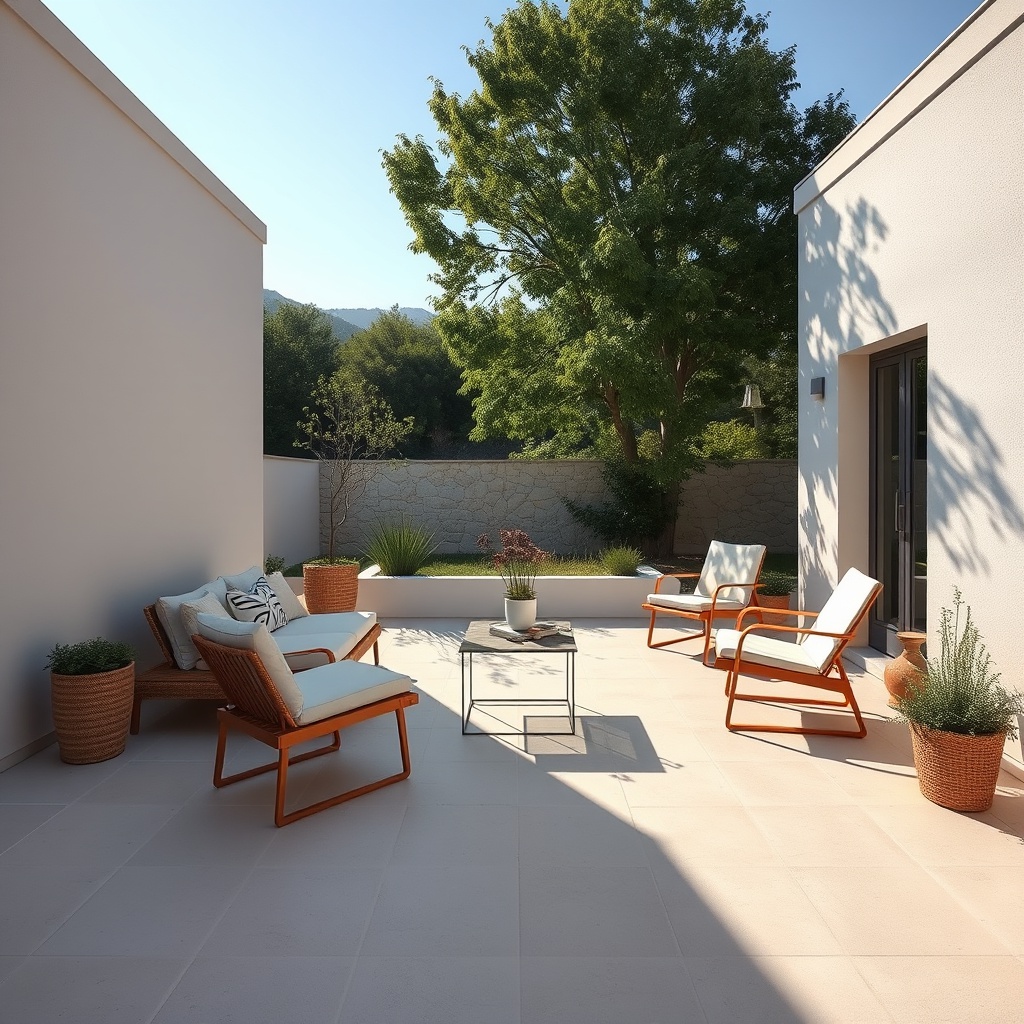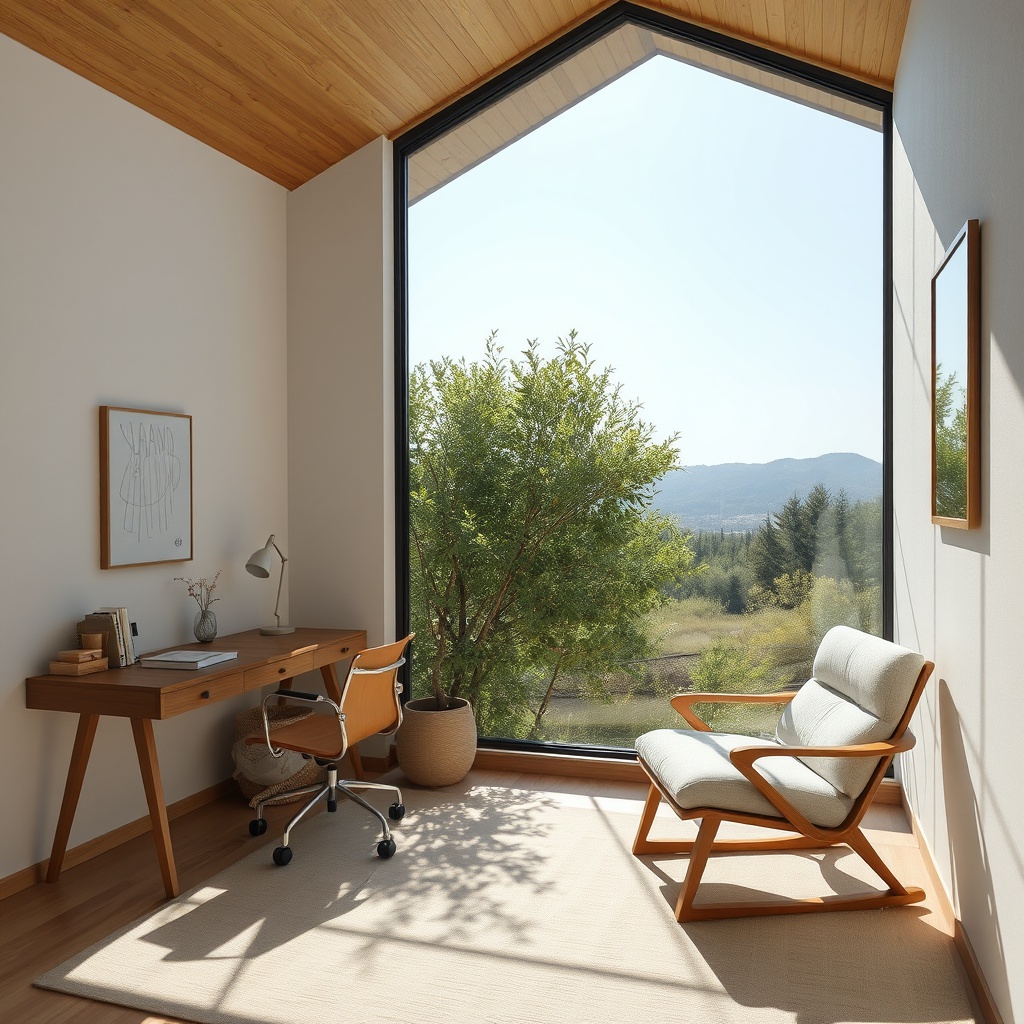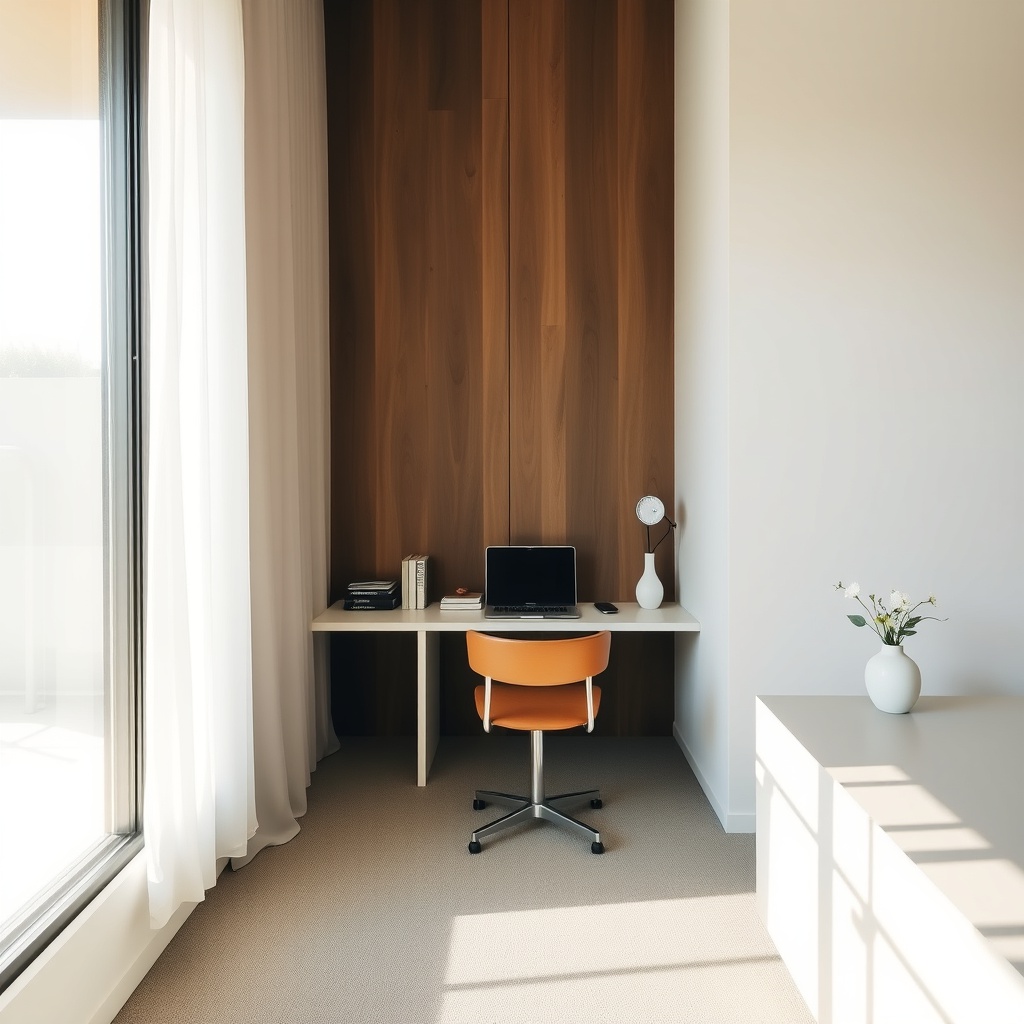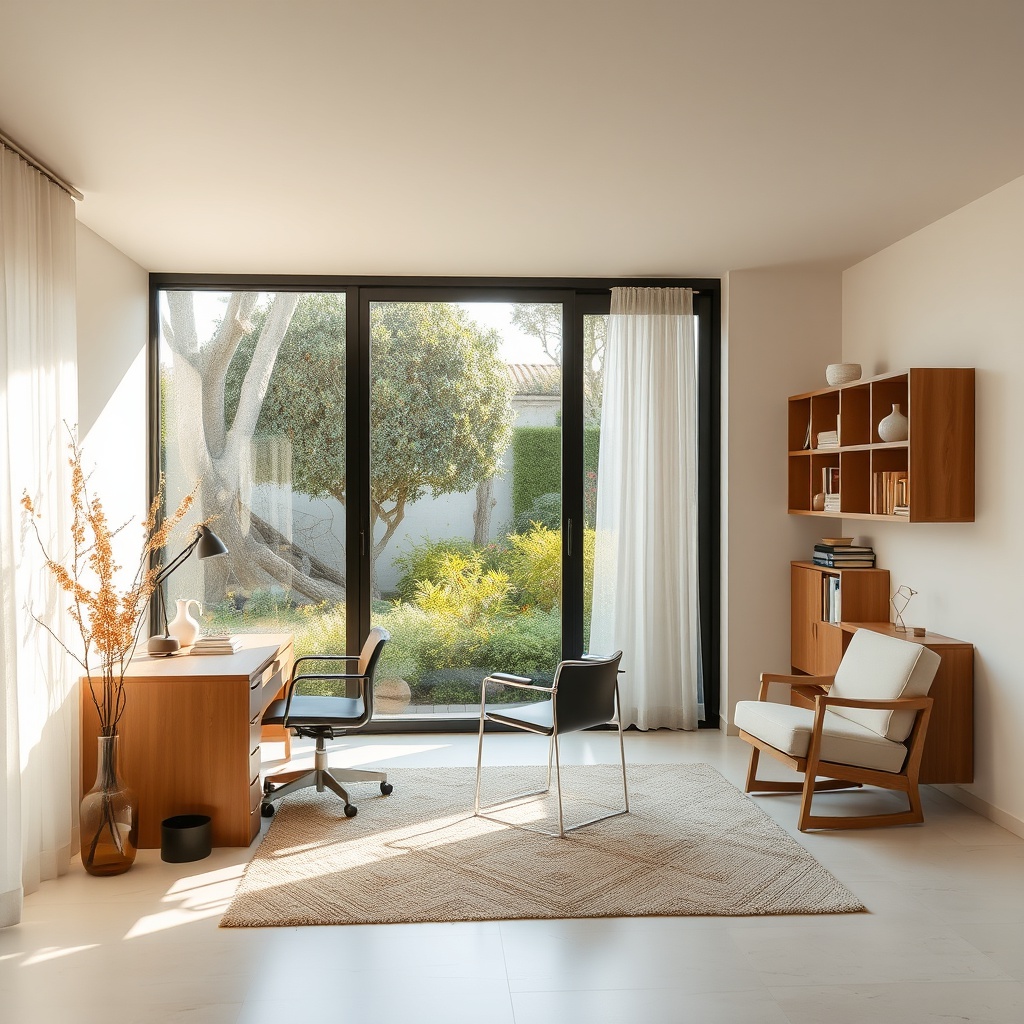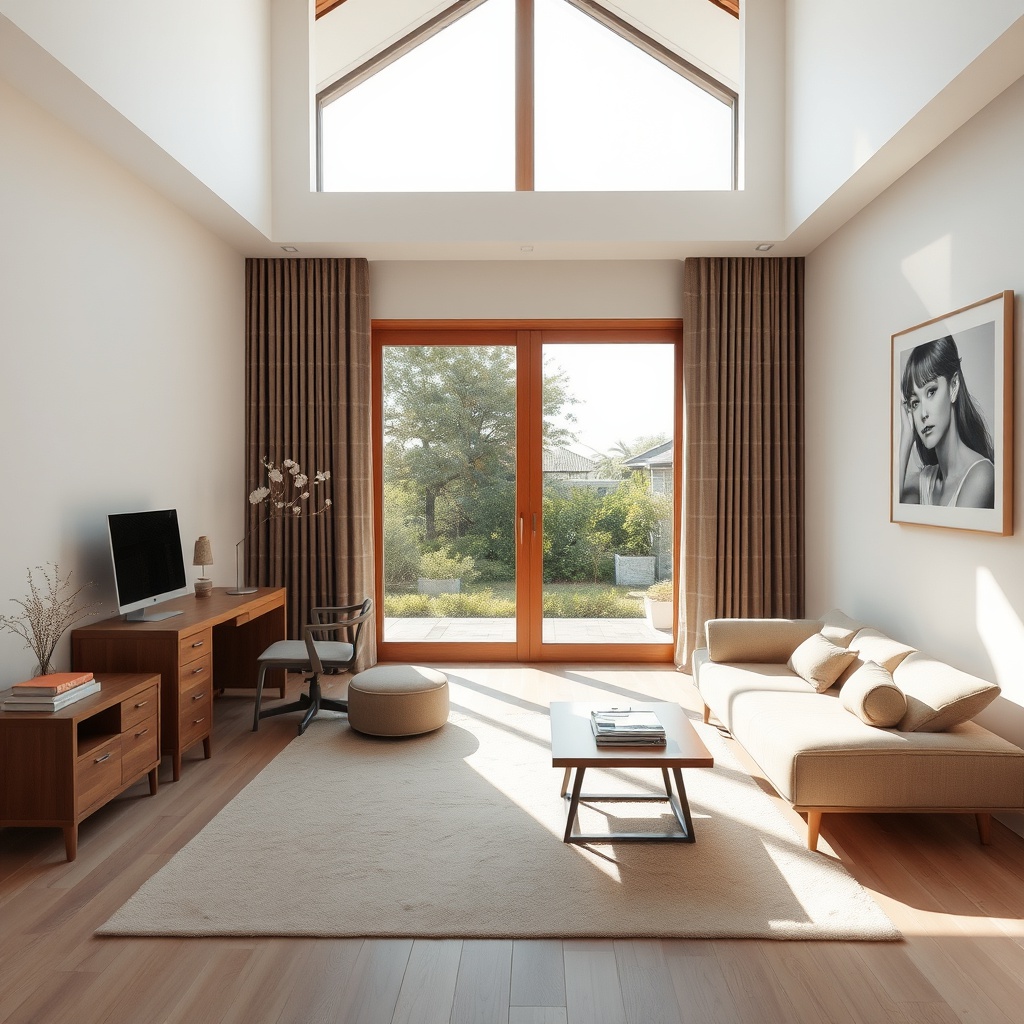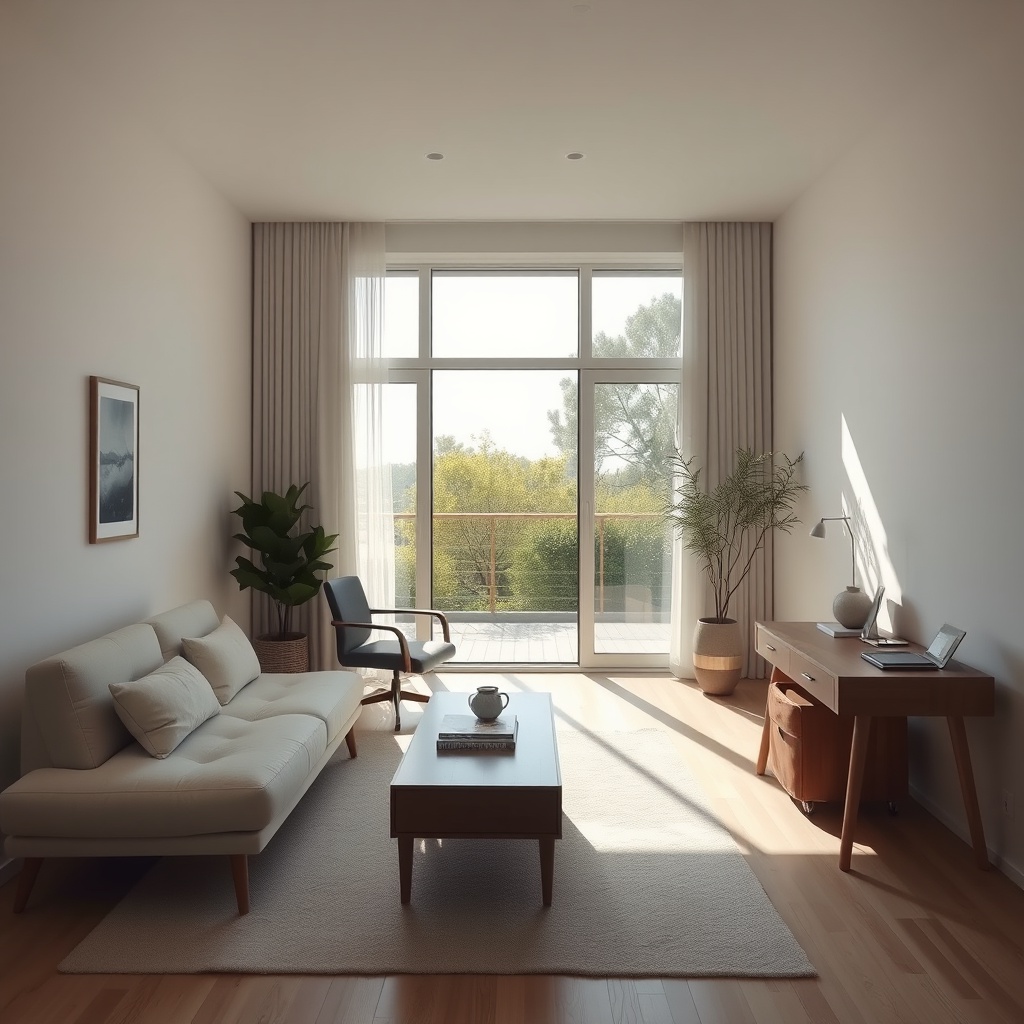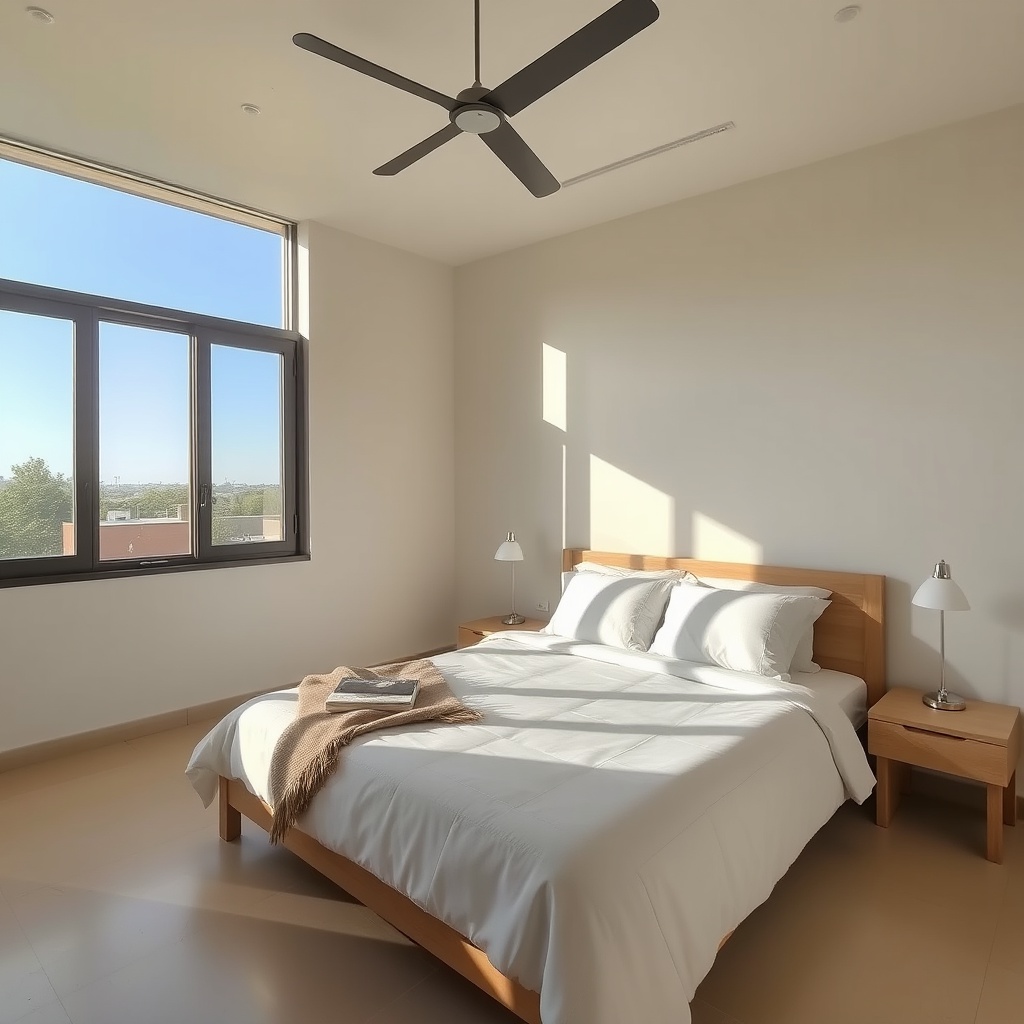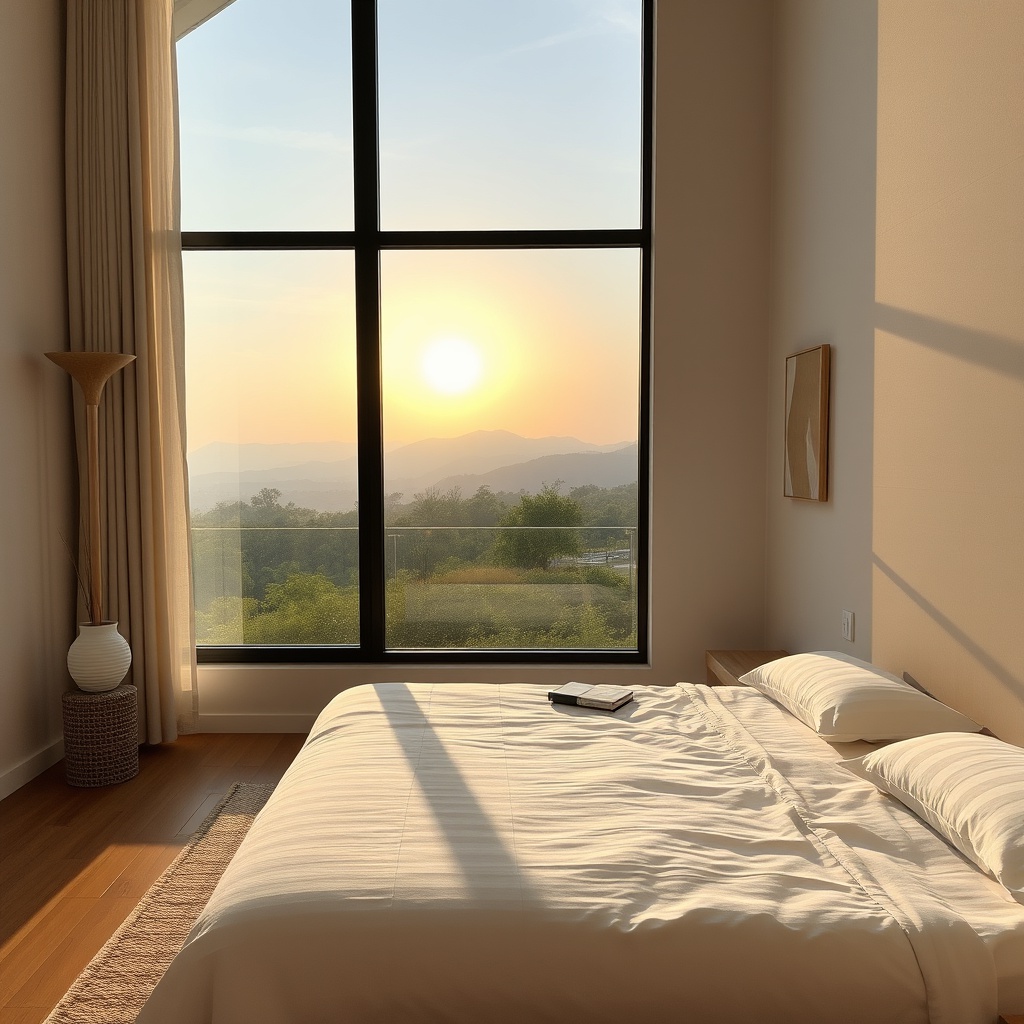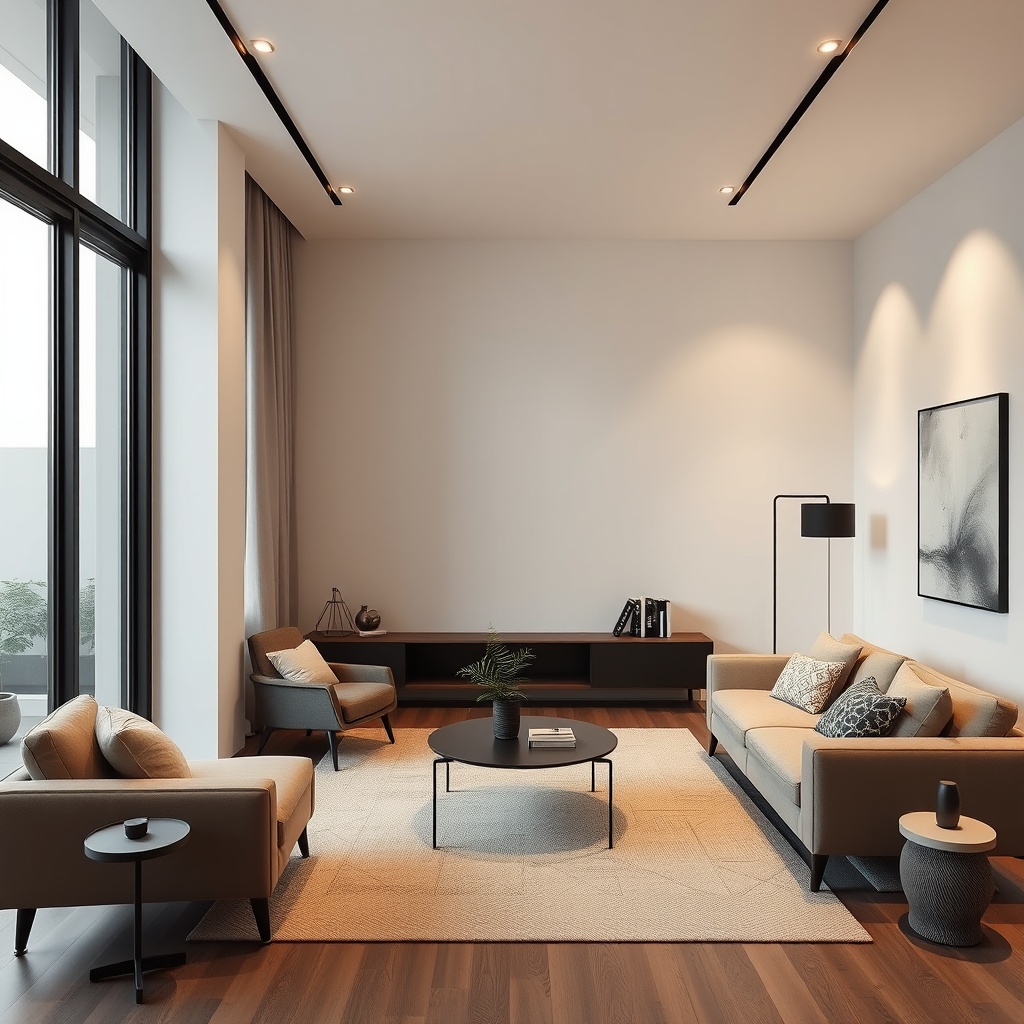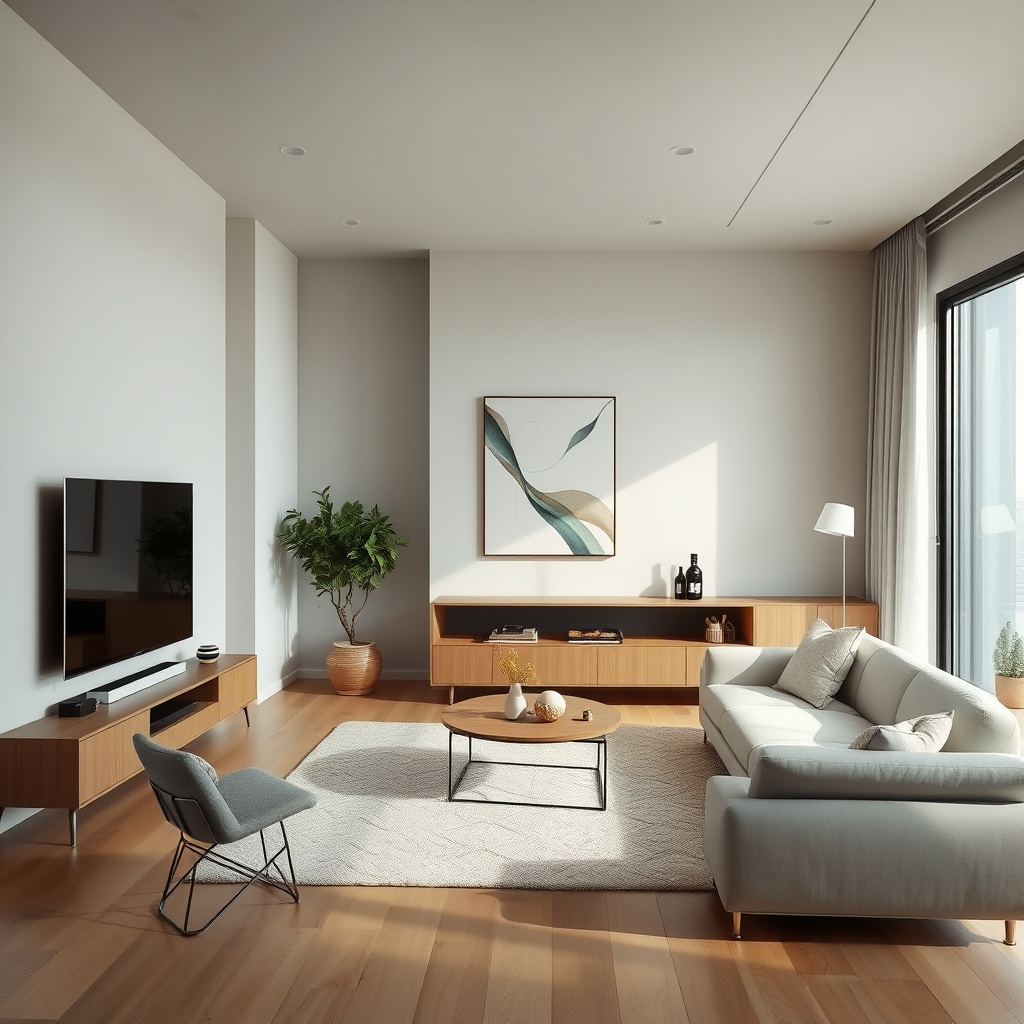Minimalism in Design: The Art of Reduction
Minimalism is much more than a design style – it’s a philosophy. In a world characterized by sensory overload, minimalism offers a refreshing return to simplicity. This approach has gained prominence not only in architecture and interior design, but also in art, fashion and digital design. In this blog, we highlight the key features of minimalist design, its origins, and its relevance to the modern AI-powered art and design world.
What is minimalism in design?
Minimalism aims to bring out the essence of an object or space by removing superfluous elements. The goal is to create a clear, functional and aesthetic design that conveys calm and focus. Minimalist design dispenses with distractions and emphasizes the essentials – be it through shape, color or material.
The origins of minimalism
Minimalism has its roots in the modern art and architecture of the early 20th century. Movements such as the Bauhaus and artists such as Ludwig Mies van der Rohe shaped the concept of “less is more”. The Japanese Zen aesthetic, with its emphasis on simplicity and harmony, has also contributed significantly to the development of minimalism.
From the 1960s onwards, minimalism gained prominence in the visual arts, with artists such as Donald Judd and Agnes Martin using simple, geometric shapes and a pared-down colour palette to create clean, unobtrusive works.
Features of minimalist design
- Clean lines and geometric shapes
Minimalist design is based on clear, linear structures and a preference for geometric shapes. These elements create an organized and tidy aesthetic. - Functionality in the foreground
Each element has a purpose. Function is more important than form, which means aesthetics never compromise the functionality of a design. - Neutrality in the color palette
Minimalist designs often use neutral colors such as white, black, gray, and beige. Accent colors are used sparingly to highlight certain areas or elements. - Open spaces
Empty spaces are an important design feature. They provide space for visual breathing and underline the importance of the remaining elements. - High-quality materials
Natural materials such as wood, stone, glass and metal play a central role in minimalism. Their textures and finishes often replace decorative details. - Light as a design element
In minimalism, natural light is used optimally. Large windows and well-thought-out lighting accentuate the simplicity and structure of a room.
Minimalism and AI art
In the world of AI-powered art, minimalism is particularly exciting. AI models like DALL-E or MidJourney can create minimalist artwork by using simple shapes, neutral colors, and clean compositions. Here are some exciting fields of application:
- Generative design: AI can create minimalist patterns and layouts that are optimized for function and aesthetics.
- Interactive art: Minimalist interfaces and clear user guidance enable intuitive interaction with AI systems.
- Web and app design: Minimalist designs promote a better user experience and are ideal for responsive, AI-driven interfaces.
Why minimalism is more relevant today than ever
In an increasingly complex world, people crave simplicity and clarity. Minimalist design offers just that: a tidy and stress-free space – be it physical or digital. At the same time, the focus on quality rather than quantity promotes sustainable and environmentally friendly design choices.
AI-powered design is a perfect match for minimalism as it is designed for efficiency, functionality, and precision. The combination of these two approaches offers endless possibilities to create contemporary and relevant designs.
Result
Minimalism in design is the art of doing more with less. The reduction to the essentials creates an aesthetic that is timeless, functional and harmonious. In the era of AI and generative art, minimalism offers an ideal basis for creating creative and at the same time practical solutions. Get inspired to discover the beauty of simplicity in your next project!
